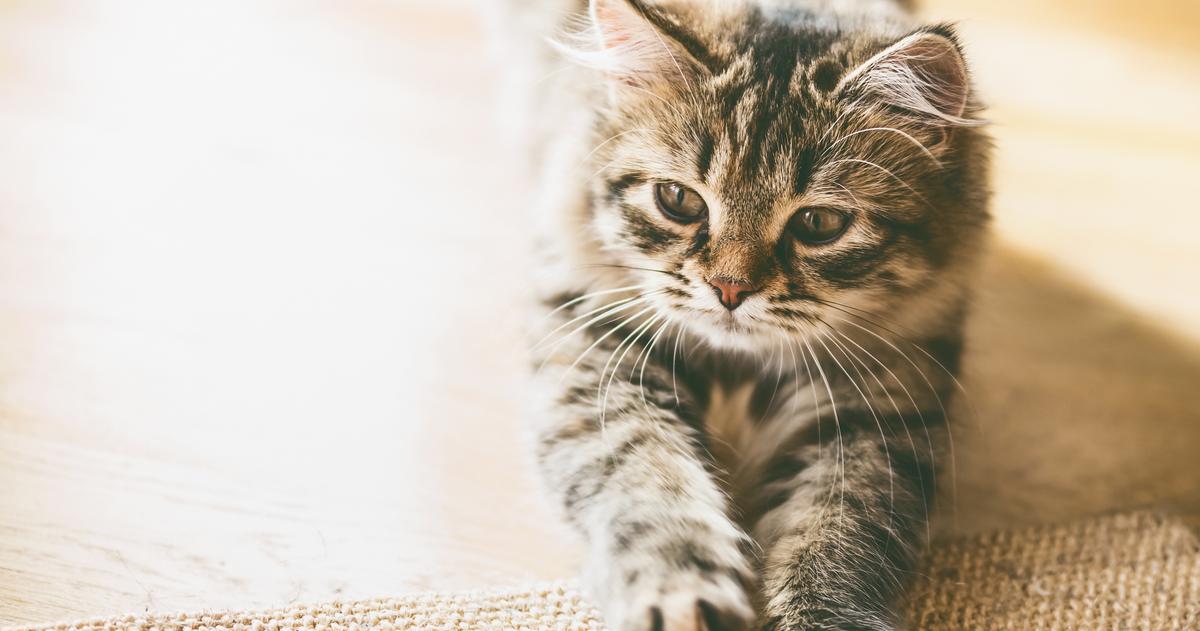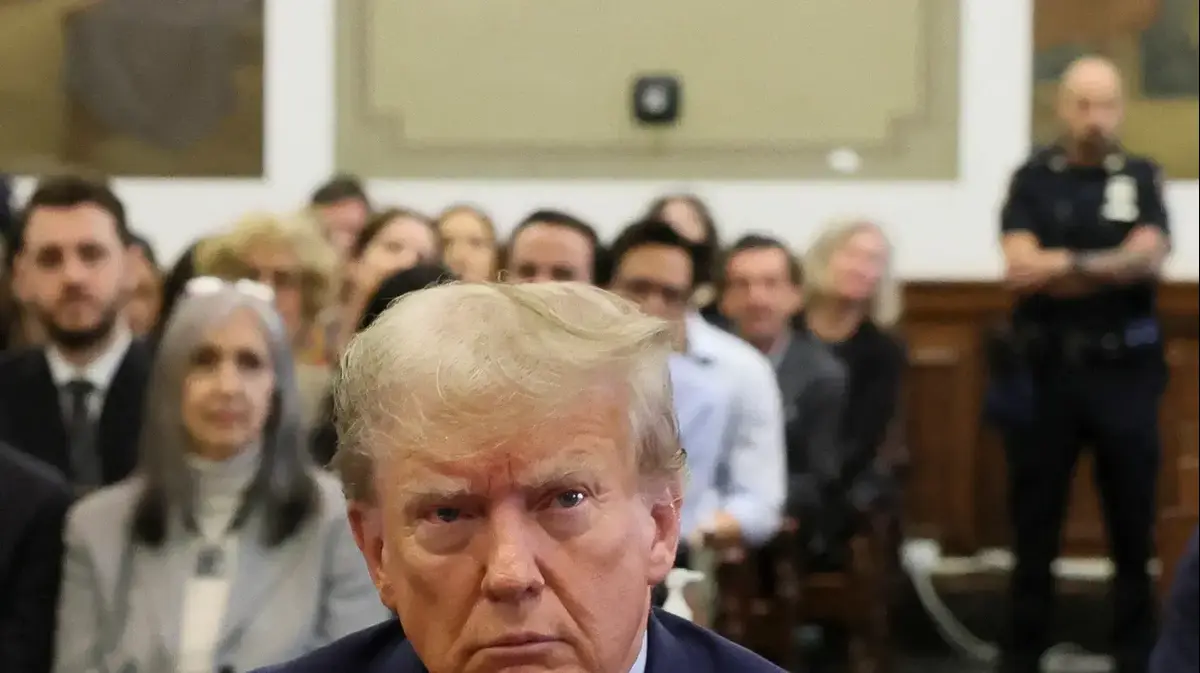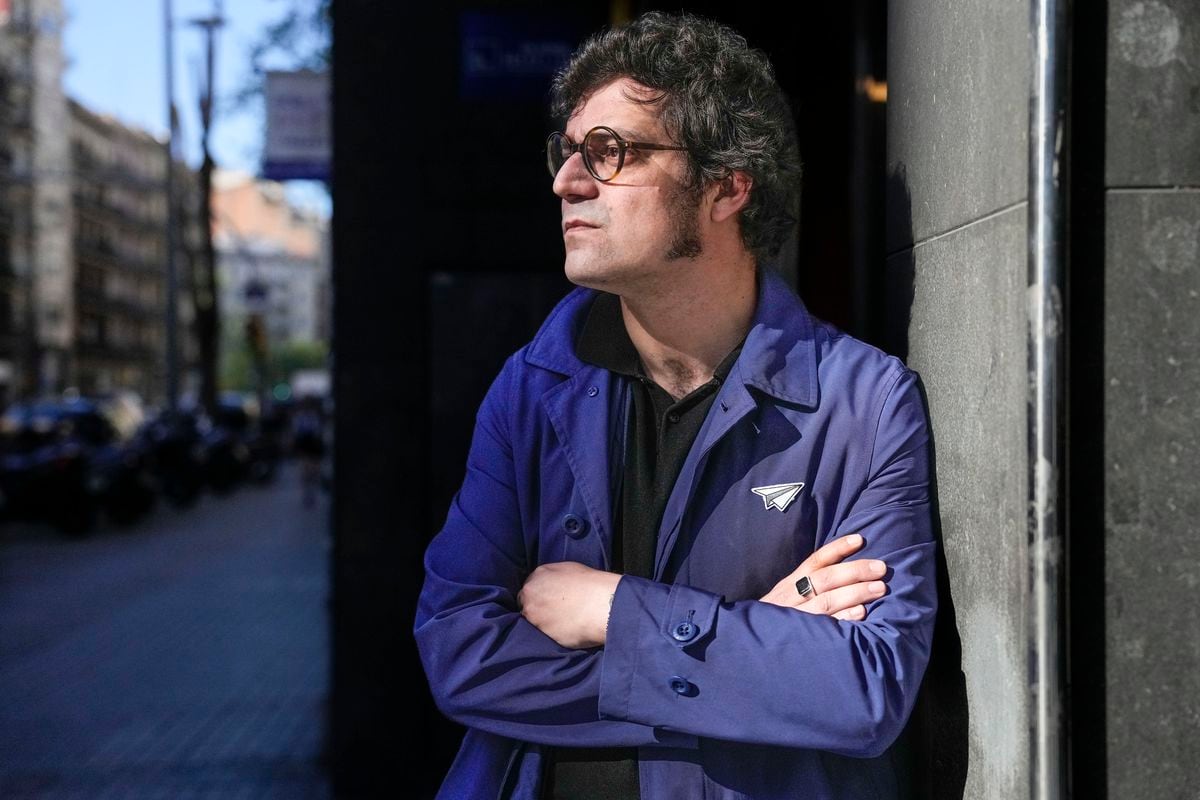Does your cat stretch out its paws, pull out its claws, squint its eyes and start purring, pressing its pads alternately on a soft surface?
If this behavior does not benefit from a specific word in French, many veterinarians or cat owners say that the animal “patounes” or “kneads” the place on which it is about to settle.
What is a "pawing" or "kneading" cat?
We are talking about a cat that "paws" or "kneads" when it seems to feel with its paws a cushion, a blanket or even your belly before settling there to sleep.
It is a regular movement.
To proceed, the cat uses its two front paws (or back paws at the same time), half out its claws then retract them while trampling on a soft or pleasant surface.
It is possible that your cat, by performing this activity on you, sticks out its claws a little too much.
Know that he has no intention of hurting you.
If this action bothers you, put him in a nice place where he can feel safe.
There is no need to punish him, your cat could feel insecure.
Read alsoHow to understand cat body language?
Why does my cat "paw"?
This movement is an instinctive behavior in kittens.
Indeed, to facilitate the rise of milk, the kittens, using their paws, press on the teats of their mothers to more easily expel the milk they are about to suckle.
This work can last until the end of breastfeeding (weaning).
Read alsoPregnancy in cats: everything you need to know
In weaned cats, this behavior can mean different things.
Kneading an object also marks its territory.
More subtle than scratching (claw marks on your furniture or trees to leave a visual message to other cats) and less unpleasant than jets of urine, your cat marks its territory thanks to the scent glands present in its pads.
These glands allow it to release pheromones and thus deposit its scent.
For his congeners, it is a dissuasive means, meaning them not to approach.
Another natural behavior noticed in adult cats is that females in heat may pat their hindquarters up.
To note
Not all cats roam.
Each animal has its own character.
Some need it, while others do it very rarely, much like purring.
My cat paws: is he happy or stressed?
Usually a cat paws when happy.
Indeed, this kneading action carried out during the kitten's childhood took place during the feeding, so a pleasant memory.
Moreover, this action is generally followed by purrs and narrowed eyes (synonymous with relaxation) or even closed eyes (synonymous with confidence).
But a cat that paws too often or brutally can suffer from a behavioral disorder.
In particular, if it is accompanied by a "frantic sucking" (aspiration on an object), claws on the furniture, needs outside the litter box or even aggressiveness.
This “excessive” patounage may be linked to early or non-existent weaning.
As a reminder, you must wait at least 8 weeks before weaning a kitten.
If you witness this behavioral problem in your cat, it is essential to seek advice from his veterinarian.













